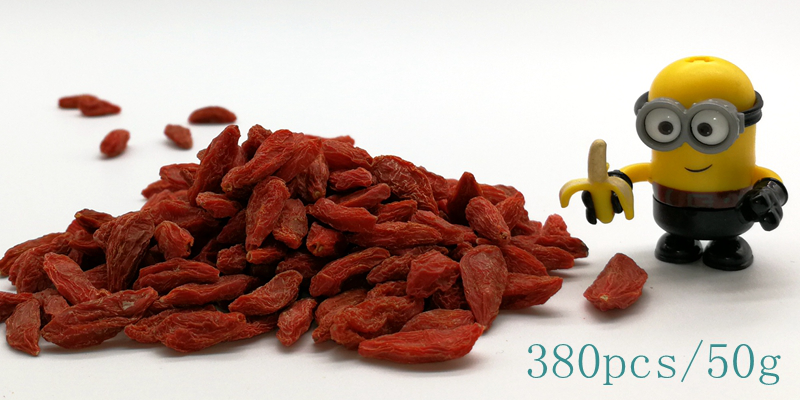First, making full use of hybridization advantages to carry out hybridization is a rapid and effective method for improving the production performance of mutton sheep. The introduction of Nanjiang Huangyang and Chengdu Mayang as females gave full play to its multiple-fetal performance; the introduction of foreign varieties of male rams such as Boer, Suffolk and Teksal to carry out binary and ternary crosses. Binary hybridization is the selection of one of the above three species of ram and ewes cross hybrids, all hybrids were all fattening. Ternary hybridization means that all the rams produced by the binary crossbreeding were all fattened, all the ewes produced were left to breed, and they were crossbred with another foreign elite male parent, and all the offspring produced were fattened. According to reports, the amount of meat produced by the binary cross hybrids can be increased by 12%, and the three-way crossbreeding can significantly increase the amount of meat produced and feed remuneration. Second, hybrid rams cannot be left as hybrids Hybrids produced by binary crosses have heterosis, and are an important means of commercial sheep production. In rural areas, a hybrid generation containing maternal genetic components is often reserved for seed use. Most peasants believe that it contains 50% of the rams of imported rams. Using this sheep as a male parent can solve the problem of shortage of purebred rams. The problem is that the hereditary properties of the sheep are extremely unstable, and using it to improve sheep often leads to a decline in offspring production performance. Therefore, hybrid male rams cannot be kept as seed and should be sold as commercial sheep fattening. Third, the main function of sheep tail tail only is to store energy, so it consumes a lot of nutrients. Therefore, after the lamb is born, it is necessary to tie it with a rubber band in time to make it fall off. For fattening sheep, tail-cracking saves feed and facilitates mating of ewes. Fourth, shorten the production cycle 1. Early weaning general lambs 7 to 8 weeks of age have basically had the ability to ruminant, therefore, 8 to 10 weeks of age weaning is more appropriate, when lambs weighing about 20 kg. 2. Early supplementary feeding generally starts from 7 to 10 days after the start of postpartum feeding high-quality hay and concentrate feed (50 g is appropriate). After that, unless it is not limited to high quality hay, it should gradually increase 50-60 g of concentrate feed every two weeks. When weaning, it is advisable to feed at least 200 grams of concentrate feed to the lamb. 3. Reasonable grouping Lambs should be weighed and grouped after weaning and reared according to their weight, sex and strength. 4. Appropriate fattening age for slaughter lambs is less than one year old, with 4-8 months of age being the best. Generally, the best results are achieved at the age of 6 months and weighing 50 kg to 60 kg. V. Scientific Feeding According to the nutritional needs of the sheep and the type of roughage, the compound feed should be reasonably supplied, and the concentrate should be fed 2 to 3 times a day. The roughage is best for silage corn stalks, and sufficient clean drinking water is provided. Six, prevention and control of insecticidal and insecticidal diseases should adhere to the principle of prevention, prevention and emphasis on governance. For fattening sheep, the vaccine should be given before fattening. In addition, parasitic diseases only harm sheep, affecting sheep growth. The endoparasite can be treated with albendazole (8 to 10 tablets). The ectoparasite can be treated with a medicinal bath.
Organic farming system as far as possible the use of available resources in the system of agriculture, in the farming system to encourage and promote biological cycle, including microbial, plant and animal, and make full use of the organic matter and nutrient elements in a closed system, using agricultural techniques to avoid possible pollution, so as to maintain and improve. Long term fertility goji berry base soil, realize the sustainable development of Chinese goji berry agriculture.
For the company united management on the bases, organic pesticides and fertilizers, which provide good quality of fruits, and proved by the testing authority, our products are fullly complianced with the quality requirements of international market circulation. We have obtained the United States and the EU organic food certification:
· USDA organic Certificate No.: A2015–00494/2016-07387 Authority :Kiwa BCS
· EU organic Certificate No.: A2015-00494/2016-07386 code:CN-BIO-141 Authority :Kiwa BCS

Sun Dried Goji Berries - ORGANIC
§ Our Raw Organic Sun Dried Goji Berries are a delicious healthy snack.
§ This bright red berry contains extremely high levels of antioxidants, 18 amino acids, is rich in vitamins A and C, minerals and is a source of unique phytonutrients.
§ The dried non-GMO goji berry is a relative of the tomato and a natural source of lycopene.
§ Goji Berries have been called the world's most powerful anti-aging food.
Size 380 Organic Goji Berry
Size 380 Organic Goji Berry,Organic Dried Goji Berries,Low Sugar Wolfberry,Ningxia Dried Goji Berry
NINGXIA UNION-SURE CO., LTD. , http://www.unionsuregoji.com


